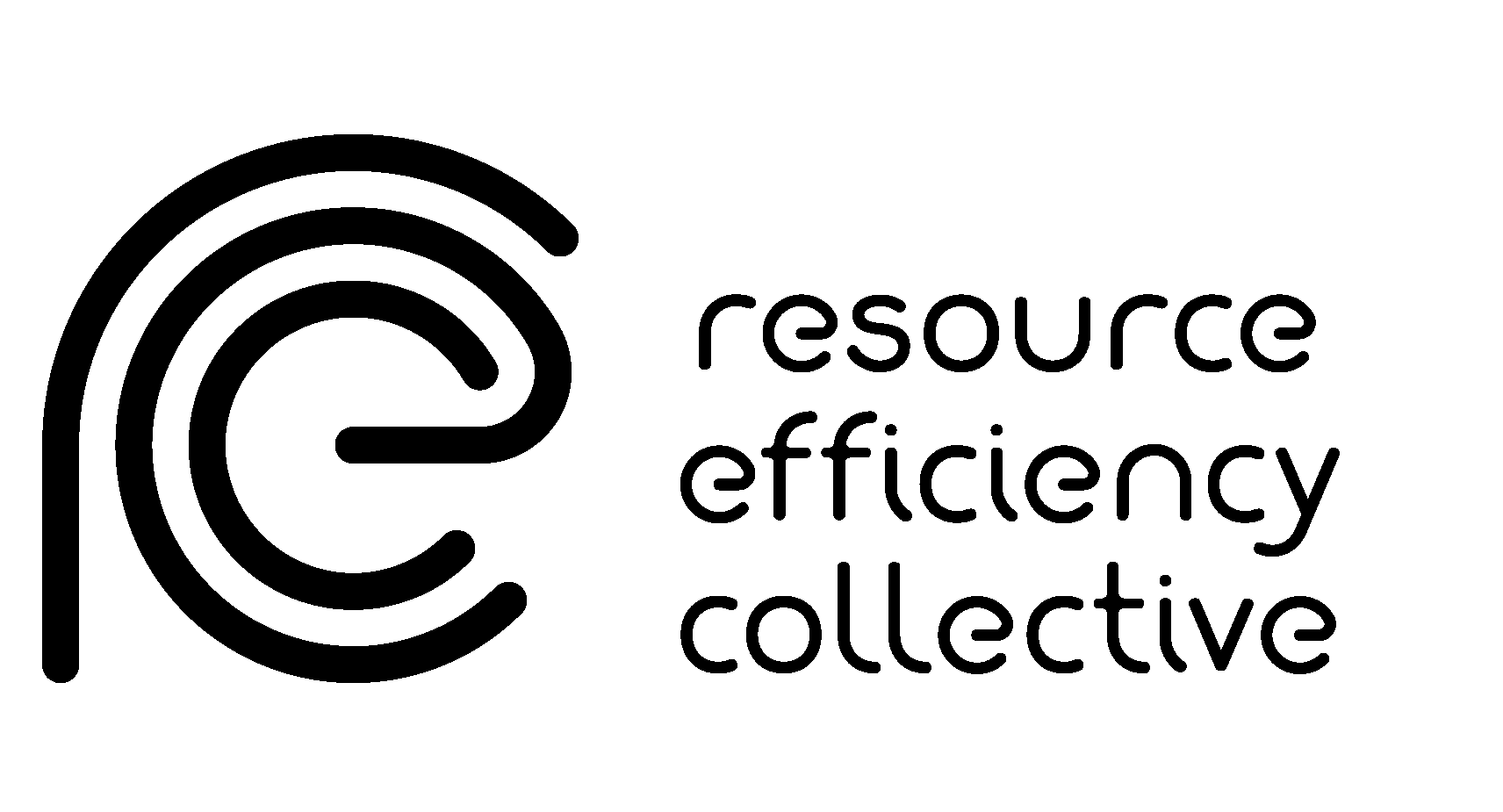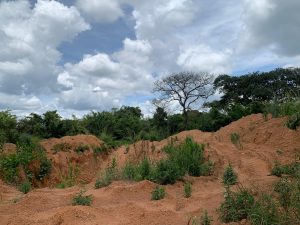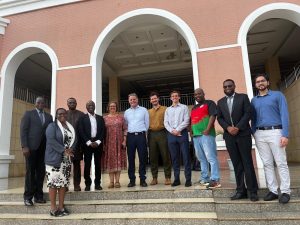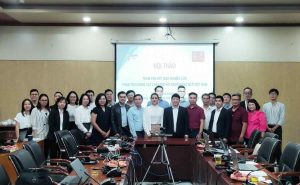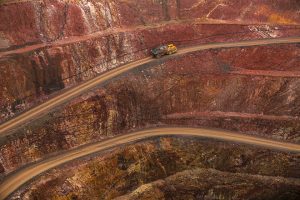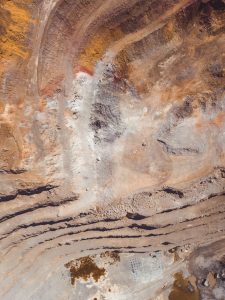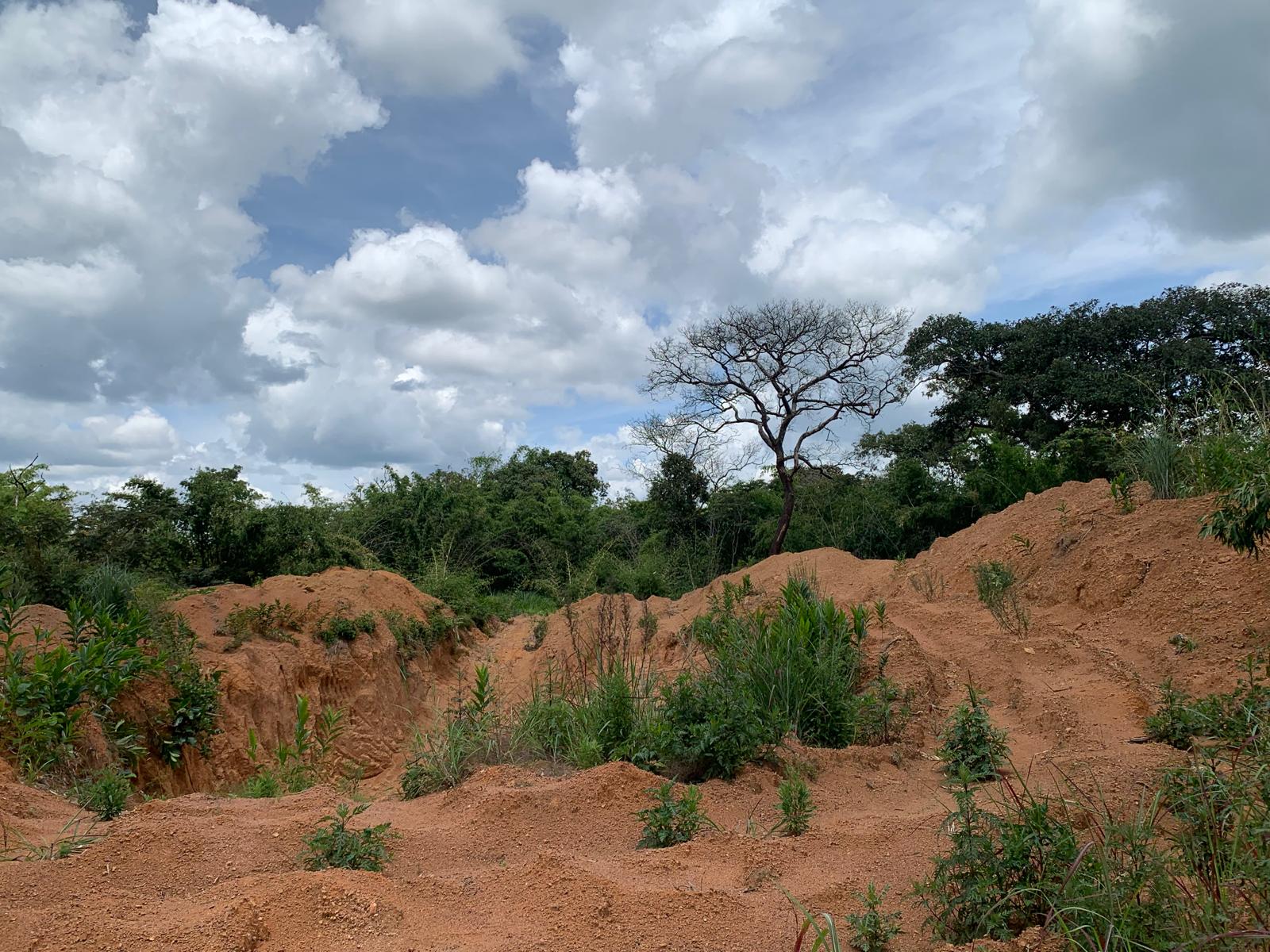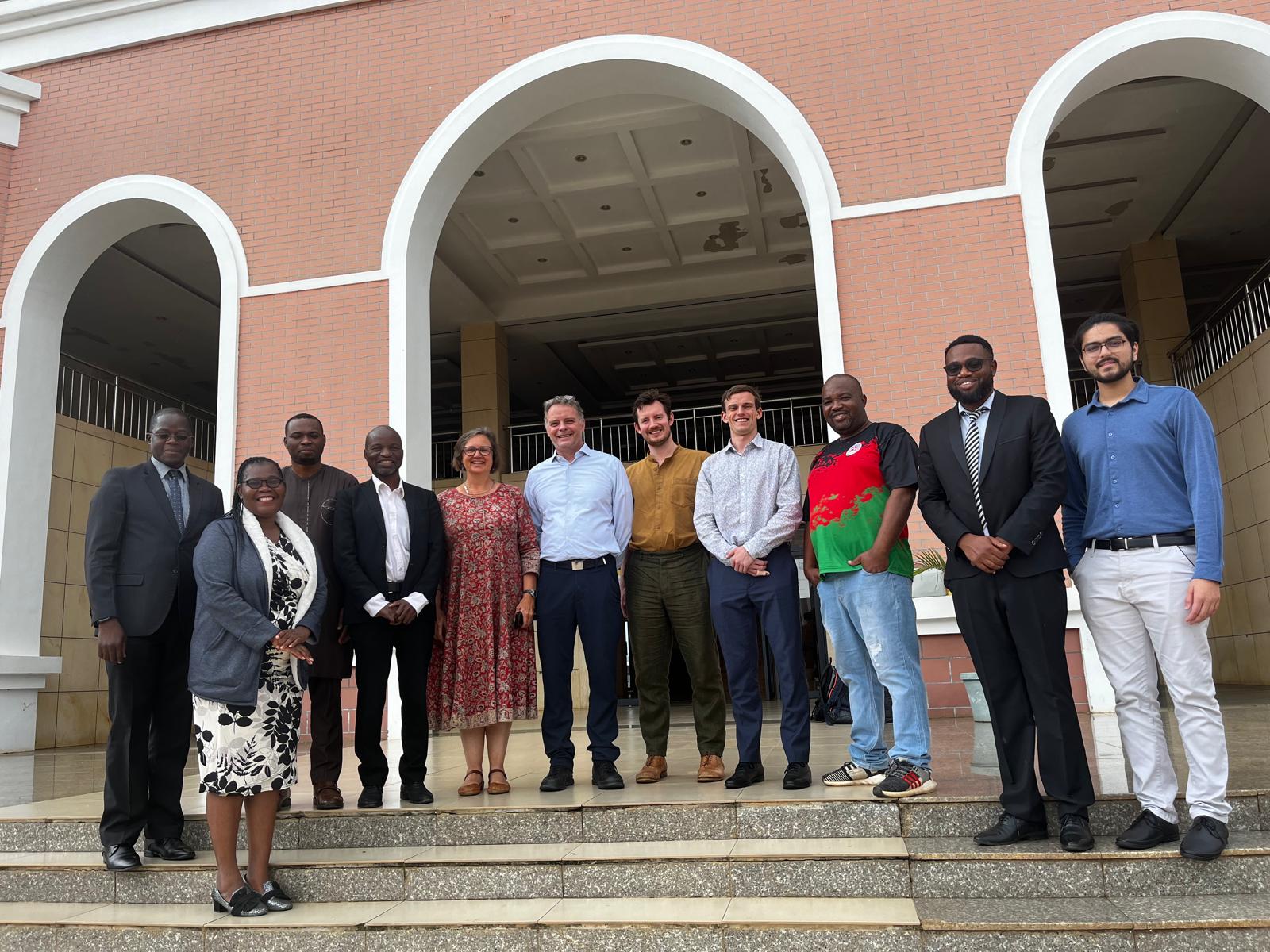Luke’s reflections on the AGU conference 2022
Luke reflects on his time at the AGU conference in Chicago, December 2022.
In December, I had the pleasure of representing Refficiency at the American Geophysical Union (AGU) conference in Chicago. This conference is the biggest platform for geosciences in the world with over 20,000 attendees and a considerable focus in modern times on the impacts of climate change to the Earth system.
A noticeable and encouraging trend of presented studies seems to be a shift away from focussing solely on improving the resolution of the dire consequences of the ‘business as usual’ scenario, and towards modelling the consequences of possible mitigation strategies. The presence of a considerable number of large companies and emission reduction start-ups was also a positive aspect of engagement, where I and others have previously been frustrated by the echo-chamber environment of the physical science research community.
The work we presented at AGU, a little outside of our typical realm, concerned a collaboration with NASA via the Frontier Development Lab program, which leveraged our expertise in multimodal machine learning. Circumstantial evidence across multiple case studies have shown that earthquake precursors may exist in data measuring the Earth’s ionosphere and geomagnetic field. Our work statistically validated the presence of a variation in ionospheric density prior to major earthquakes. We also suggested and demonstrated a machine learning based method for detecting these precursors which could be used to help earthquake forecasting.
The statistical study was very well received by the earthquake precursor community leaders at AGU as a formalisation of their hypotheses. The primary interest in the machine learning application was from the unexpected application of tsunami detection. Our model was in some cases able to detect atmospheric perturbations due to tsunamis faster than the tsunami warning system. Papers on both these topics are in progress.
Read more about Luke and his research with Resource Efficiency, which focuses on using machine learning to map GHG emissions sources across the globe.
Photo Credit: NASA
